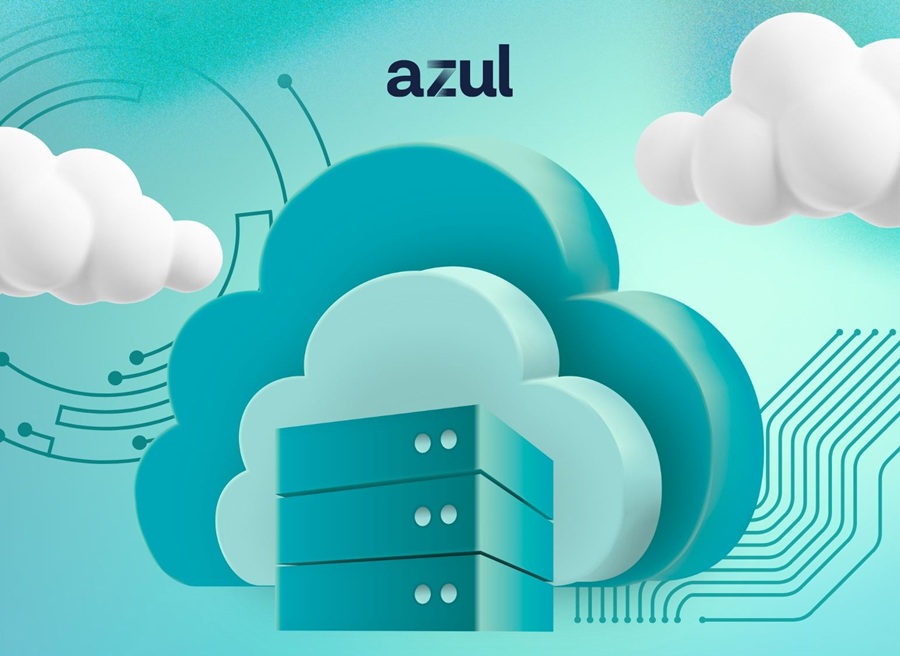
New Relic announced an integration with AWS Systems Manager Distributor to provide a native experience to automatically deploy the New Relic monitoring infrastructure agent via the AWS Command Line Interface (CLI) and any AWS infrastructure-as-code (IaC) tooling to streamline observability across Amazon Web Services (AWS) environments.
This streamlined experience allows engineers to perform a one-time setup that automatically instruments and updates their entire fleet with the latest New Relic infrastructure agent, even as resources spin up or down. This removes the overhead associated with setting up observability, because engineers no longer need to manually deploy and update their instrumentation. The New Relic infrastructure agent provides engineers with the metrics they need to troubleshoot infrastructure performance issues and scale their Amazon EC2 instances to deliver performant services. The AWS Systems Manager Distributor integration builds upon New Relic’s deep relationship with AWS and adds to its more than 75 existing AWS integrations.
The New Relic infrastructure agent can be easily distributed across thousands of Amazon EC2 instances and on-premise servers using AWS Systems Manager Distributor, simplifying the process of deploying and maintaining the agent lifecycle. This integration provides AWS customers with a more streamlined approach to monitoring their AWS environments, allowing them to easily and securely install and configure the New Relic agent across their instances. Additionally, customers can use AWS Systems Manager Distributor to manage the agent, ensuring it is always up-to-date.
Key features include:
- Native experience: Configure directly in the AWS Command Line Interface (CLI) or any AWS Infrastructure as Code (IaC) tooling.
- Automated: Automatically installed on both existing and new instances during scaling.
- Stay up-to-date: Ensure the latest version of New Relic’s infrastructure agent is deployed.
"Observability is a critical part of infrastructure management. We're excited to announce our integration with AWS Systems Manager Distributor, which will provide an even easier way for our customers to instrument and monitor their environments," said New Relic VP of Cloud and Product Partnerships Gal Tunik. "This integration allows AWS customers to quickly and easily deploy our agent across their instances including across region and account boundaries, providing enhanced visibility into their applications and infrastructure as well as centralized and automated deployment and maintenance."
The integration is available now for all New Relic customers using AWS at no additional cost.
The Latest
As enterprises accelerate their cloud adoption strategies, CIOs are routinely exceeding their cloud budgets — a concern that's about to face additional pressure from an unexpected direction: uncertainty over semiconductor tariffs. The CIO Cloud Trends Survey & Report from Azul reveals the extent continued cloud investment despite cost overruns, and how organizations are attempting to bring spending under control ...

According to Auvik's 2025 IT Trends Report, 60% of IT professionals feel at least moderately burned out on the job, with 43% stating that their workload is contributing to work stress. At the same time, many IT professionals are naming AI and machine learning as key areas they'd most like to upskill ...
Businesses that face downtime or outages risk financial and reputational damage, as well as reducing partner, shareholder, and customer trust. One of the major challenges that enterprises face is implementing a robust business continuity plan. What's the solution? The answer may lie in disaster recovery tactics such as truly immutable storage and regular disaster recovery testing ...
IT spending is expected to jump nearly 10% in 2025, and organizations are now facing pressure to manage costs without slowing down critical functions like observability. To meet the challenge, leaders are turning to smarter, more cost effective business strategies. Enter stage right: OpenTelemetry, the missing piece of the puzzle that is no longer just an option but rather a strategic advantage ...
Amidst the threat of cyberhacks and data breaches, companies install several security measures to keep their business safely afloat. These measures aim to protect businesses, employees, and crucial data. Yet, employees perceive them as burdensome. Frustrated with complex logins, slow access, and constant security checks, workers decide to completely bypass all security set-ups ...

In MEAN TIME TO INSIGHT Episode 13, Shamus McGillicuddy, VP of Research, Network Infrastructure and Operations, at EMA discusses hybrid multi-cloud networking strategy ...
In high-traffic environments, the sheer volume and unpredictable nature of network incidents can quickly overwhelm even the most skilled teams, hindering their ability to react swiftly and effectively, potentially impacting service availability and overall business performance. This is where closed-loop remediation comes into the picture: an IT management concept designed to address the escalating complexity of modern networks ...
In 2025, enterprise workflows are undergoing a seismic shift. Propelled by breakthroughs in generative AI (GenAI), large language models (LLMs), and natural language processing (NLP), a new paradigm is emerging — agentic AI. This technology is not just automating tasks; it's reimagining how organizations make decisions, engage customers, and operate at scale ...
In the early days of the cloud revolution, business leaders perceived cloud services as a means of sidelining IT organizations. IT was too slow, too expensive, or incapable of supporting new technologies. With a team of developers, line of business managers could deploy new applications and services in the cloud. IT has been fighting to retake control ever since. Today, IT is back in the driver's seat, according to new research by Enterprise Management Associates (EMA) ...
In today's fast-paced and increasingly complex network environments, Network Operations Centers (NOCs) are the backbone of ensuring continuous uptime, smooth service delivery, and rapid issue resolution. However, the challenges faced by NOC teams are only growing. In a recent study, 78% state network complexity has grown significantly over the last few years while 84% regularly learn about network issues from users. It is imperative we adopt a new approach to managing today's network experiences ...

